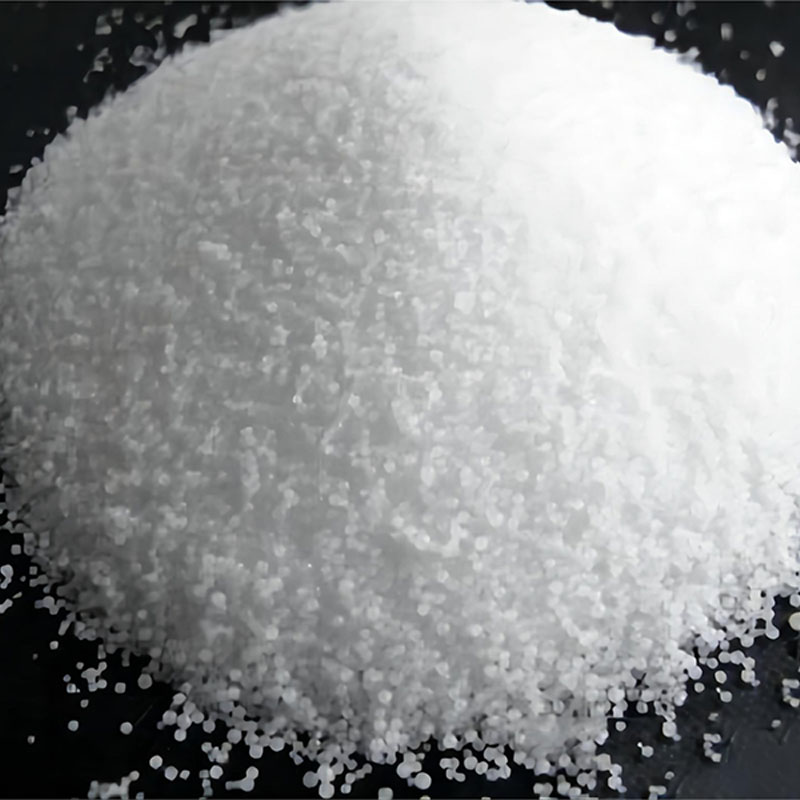
Products
Professional China Acrylonitrile For Acrylic Acid - Acrylonitrile CAS 107-13-1 factory – CHUANGJINYUAN
Professional China Acrylonitrile For Acrylic Acid - Acrylonitrile CAS 107-13-1 factory – CHUANGJINYUAN Detail:
Product Features
|
Product Name |
|
|
Other Name |
2-Propenenitrile, Acrylonitrile |
|
Molecular Formula |
C3H3N |
|
CAS No |
107-13-1 |
|
EINECS No |
203-466-5 |
|
UN NO |
1093 |
|
Hs Code |
292610000 |
|
Molecular weight |
53.1 g/mol |
|
Density |
0.81 g/cm3 at 25℃ |
|
Boiling point |
77.3℃ |
|
Melting point |
-82℃ |
|
Vapor pressure |
100 torr at 23℃ |
|
Solubility Soluble in isopropanol, ethanol, ether,acetone, and benzene Conversion factor |
1 ppm = 2.17 mg/m3 at 25 ℃ |
|
Purity |
99.5% |
|
Appearance |
Colorless transparent liquid |
|
Application |
Used in the manufacture of polyacrylonitrile, nitrile rubber, dyes, synthetic resins |
Certificate of Analysis
|
Test |
Item |
Standard Result |
|
Appearance |
Colorless transparent liquid |
|
|
Color APHA Pt-Co :≤ |
5 |
5 |
|
acidity(acetic acid)mg/kg ≤ |
20 |
5 |
|
PH(5% aqueous solution ) |
6.0-8.0 |
6.8 |
|
Titration value (5% aqueous solution ) ≤ |
2 |
0.1 |
|
Water |
0.2-0.45 |
0.37 |
|
Aldehydes value(acetaldehyde)(mg/kg) ≤ |
30 |
1 |
|
Cyanogens value (HCN) ≤ |
5 |
2 |
|
Peroxide(hydrogen peroxide)(mg/kg) ≤ |
0.2 |
0.16 |
|
Fe (mg/kg) ≤ |
0.1 |
0.02 |
|
Cu (mg/kg) ≤ |
0.1 |
0.01 |
|
Acrolein (mg/kg) ≤ |
10 |
2 |
|
Acetone ≤ |
80 |
8 |
|
Acetonitrile (mg/kg) ≤ |
150 |
5 |
|
Propionitrile (mg/kg) ≤ |
100 |
2 |
|
Oxazole (mg/kg) ≤ |
200 |
7 |
|
Methylacrylonitrile (mg/kg) ≤ |
300 |
62 |
|
Acrylonitrile Content(mg/kg) ≥ |
99.5 |
99.7 |
|
Boiling range (at 0.10133MPa),℃ |
74.5-79.0 |
75.8-77.1 |
|
Polymerization inhibitor (mg/kg) |
35-45 |
38 |
|
Conclusion |
The results conform with enterprise stand |
|
Package and Delivery
- Packaging Details:180KGS Drum
Port:Qingdao, Tianjin, Shanghai
Lead Time
| Quantity(kilograms) | 1 - 15000 | 15001 - 60000 | 60001 - 150000 | >150000 |
| Est. Time(days) | 10 | 12 | 15 | To be negotiated |
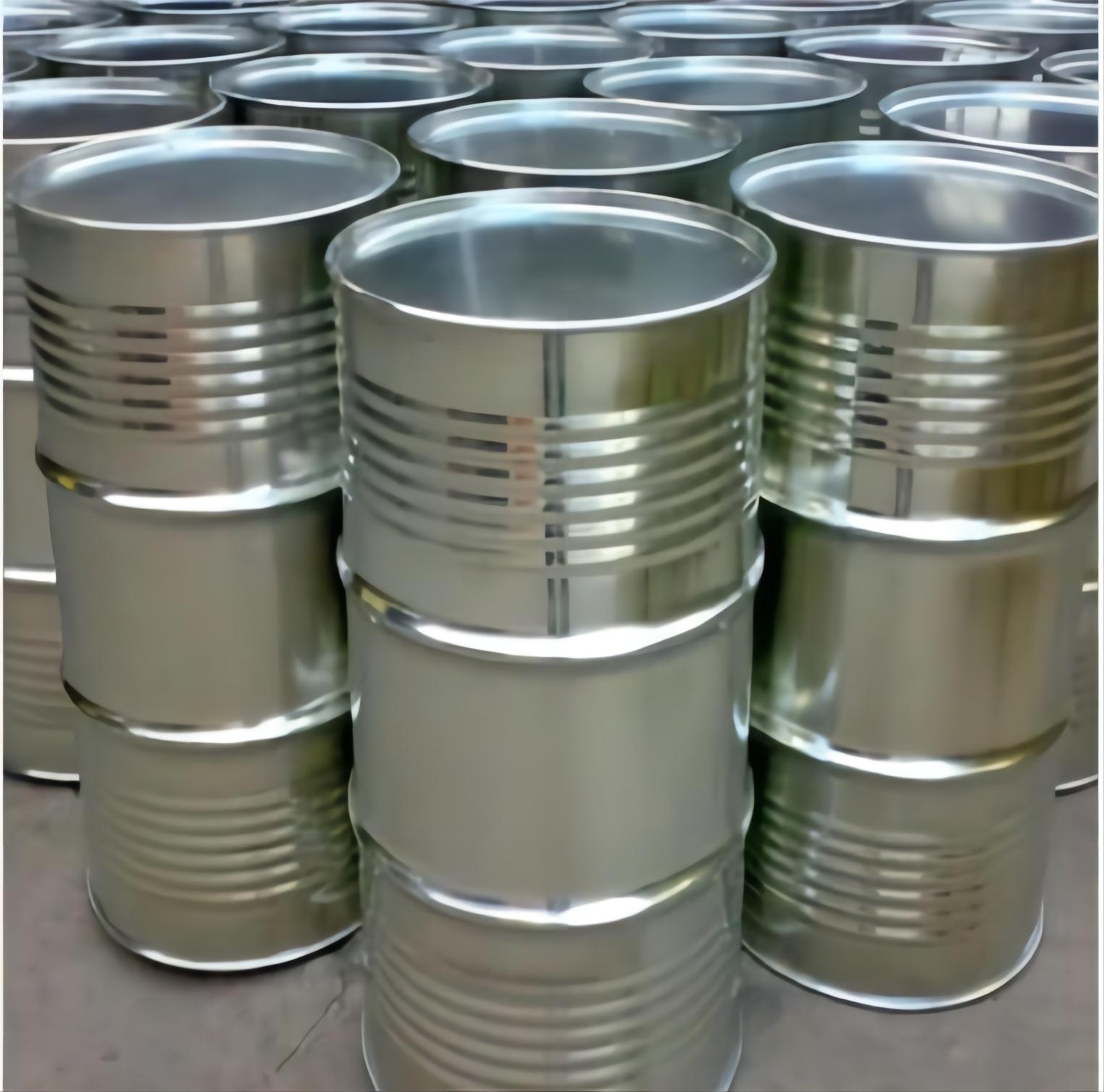
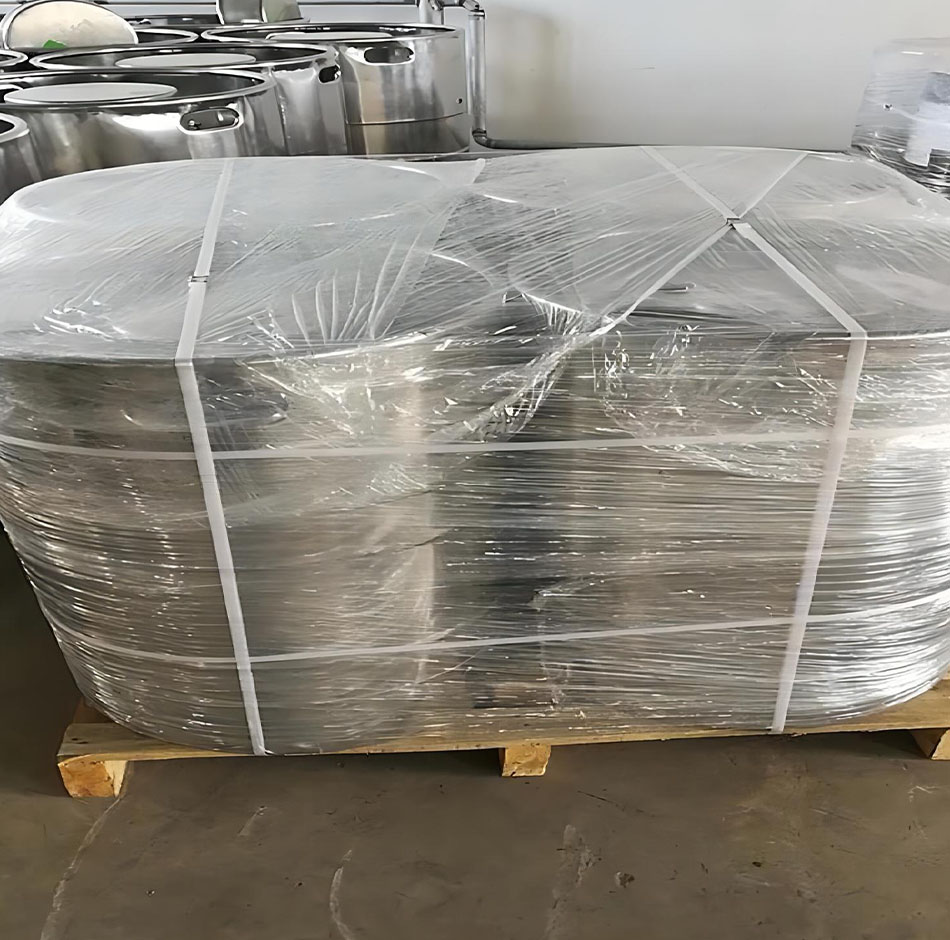
Product Application
Acrylonitrile is produced commercially by propylene ammoxidation, in which propylene,ammonia, and air are reacted by catalyst in a fluidized bed. Acrylonitrile is used primarily as a co-monomer in the production of acrylic and modacrylic fibers. Uses include the production of plastics, surface coatings, nitrile elastomers, barrier resins, and adhesives. It is also a chemical intermediate in the synthesis of various antioxidants, pharmaceuticals, dyes, and surface-active.
1. Acrylonitrile made of polyacrylonitrile fiber, namely acrylic fiber.
2. Acrylonitrile and butadiene can be copolymerized to produce nitrile rubber.
3. Acrylonitrile, butadiene, styrene copolymerized to prepare ABS resin.
4. Acrylonitrile hydrolysis can produce acrylamide, acrylic acid and its esters.
Product detail pictures:
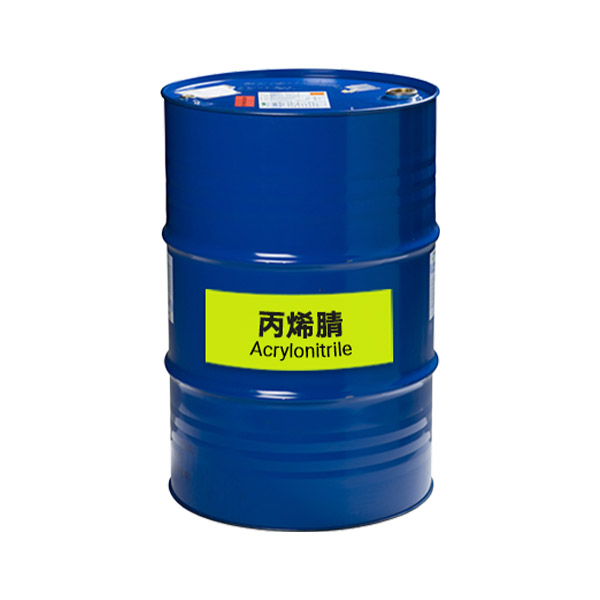
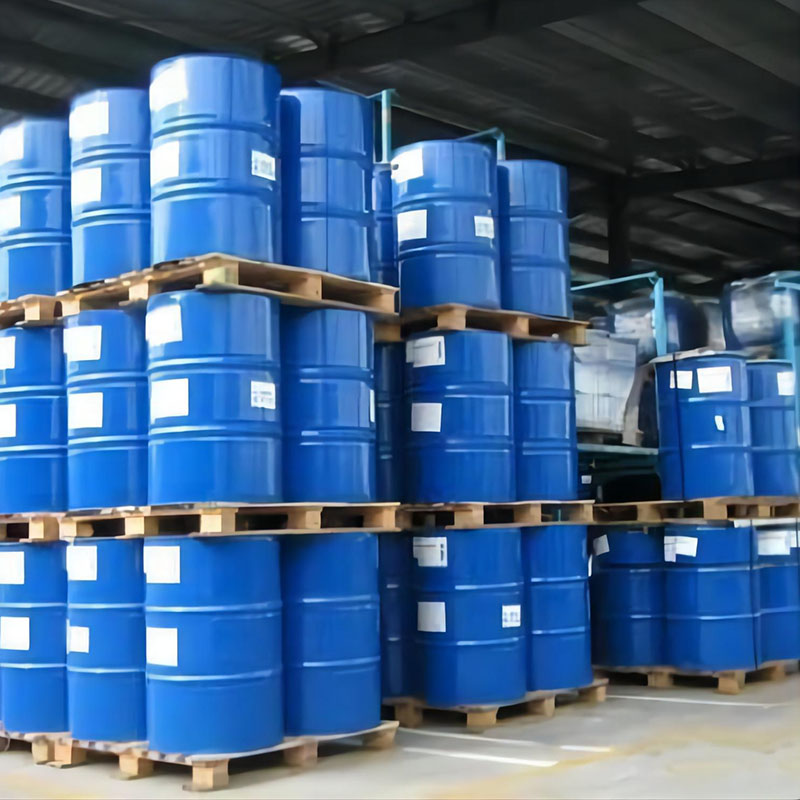

Related Product Guide:
The company upholds the philosophy of "Be No.1 in quality, be rooted on credit and trustworthiness for growth", will continue to serve old and new customers from home and overseas whole-heatedly for Professional China Acrylonitrile For Acrylic Acid - Acrylonitrile CAS 107-13-1 factory – CHUANGJINYUAN , The product will supply to all over the world, such as: France, South Korea, Swedish, Our company's main items are widely used all over the world; 80% of our products and solutions exported to the United States, Japan, Europe and other markets. All stuff sincerely welcome guests come to visit our factory.
This enterprise in the industry is strong and competitive, advancing with the times and develop sustainable, we are very pleased to have a opportunity to cooperate!


